Home>Data Storage>Read Only Memory>ROM Chip: Where In Your Computer Is It Located?

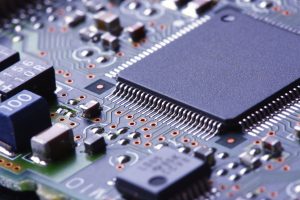
Read Only Memory
ROM Chip: Where In Your Computer Is It Located?
Modified: December 6, 2023
Quickly discover where a ROM chip is located in your computer, what it's for and more exclusive information about this PC component!
(Many of the links in this article redirect to a specific reviewed product. Your purchase of these products through affiliate links helps to generate commission for Storables.com, at no extra cost. Learn more)
It is hard to imagine what living in the 21st century would have looked like if computer gadgets weren’t in existence. From portable mobile phones to complex robotic machines used in manufacturing plants and industries, these computer gadgets contribute to make our lives easier in no small way.
Every electronic device depends on programs for their operations. These programs come in ones and zeros which is also known as machine language, and they are stored in the storage center of the computer.
The computer system comprises two major types of memory: the ROM and the RAM Memory. in case you are coming across ROM for the first time and you are wondering what the acronym could mean, ROM stands for Read-only memory. RAM stands for Random access memory and is called as such because the information stored in it is usually temporary in nature.
RAM memory is what most people are familiar with because it is removable and replaceable. Some typical examples of the RAM memory are the SSD cards used in a mobile phone and HDD cards that are commonly found inside computers and external hard drives.

What Is A ROM Chip?
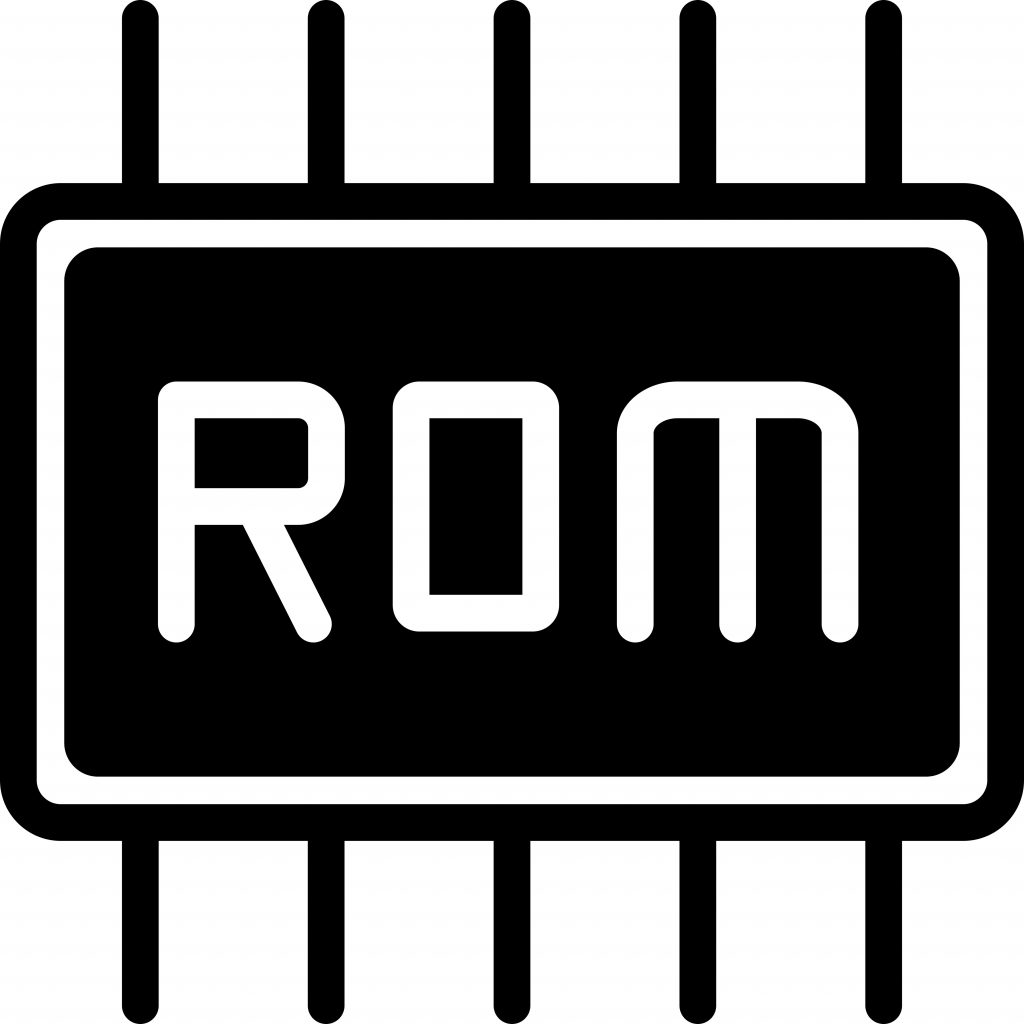
So, what is the difference between a ROM chip and a RAM chip? ROM stands for “read-only memory” because any information that gets stored in this type of memory can only be read afterward, in other words, the information that is recorded into it cannot be rewritten all over again. This is why only important information that is repeatedly utilized by the computer or about it is usually stored in the ROM. Some of the important information includes the boot files and key program files. The first Semiconductor Diode Read-only memory chip was produced in 1965, and different types have been developed since then.
The information a ROM holds can both be referred to as permanent or semi-permanent (this is because a special operation may be required before the information stored in it can be modified). This is why it is possible for a computer system to go off and all the important information would still remain intact, unlike in a RAM where all operations done while a computer is going off will be immediately lost.
The ROM chip is therefore the most common memory chip because most electronic gadgets used for everyday activity perform repetitive tasks and do not require a constant change of programming aside from the one that has been built in by the manufacturer. The program files responsible for the operation are usually stored in a ROM Chip. A few examples of ROM chip-controlled devices that are used daily include printers, televisions, calculators, electric bells, game consoles, etc.
Read more: How To Repair Chips In Quartz Countertops
Where The ROM Chip Is Located In Your Computer

Now that you know the difference between the RAM and ROM and you can identify the several types that are available, you will now learn how to identify it anytime you come across one. To see a ROM, the computer device has to be dismantled as it is usually attached to the motherboard.
The process of dismantling a computer motherboard is quite different from computer to computer. For a desktop device, the board can be found after dismantling the CPU case while in a laptop, the motherboard will be found after dismantling the frame of the laptop. Once you have found the motherboard, you will be able to locate the ROM Chip by careful examination.
You must kindly note that there is no particular location on the board where the ROM must be found because this is subject to different variables such as the size of the board and a manufacturer may simply decide to place it anywhere they like. However, it is very common for manufacturers to install the ROM chip around the south bridge and peripheral card slots.
By close examination, the ROM chip can be identified by the text that is printed on it and the connection pins that attach it to the board. Most connection pins on ROM chips are often 28 or 30 in number, although there are a few instances where they are more than that. The manufacturer is at liberty to determine the number of pins they want to use. At the top of a ROM chip (which is often black in color), the manufacturer’s name is boldly written on it. Sometimes, the word BIOS is used instead of the manufacturer’s name with some coded numbers written beside it.
There are several small components like the ROM Chip that are products of several years of research and hard work. They are all put together to contribute to the overall working of these wonderful computer gadgets that make our living fun, interesting, and simple. Their operation seems magical, but the science behind their operation may sometime be very simple.
These beautiful gadgets that make our life so fun and easy are empowered to perform their respective tasks due to the information that has been programmed into them by their manufacturers. The programs are stored on the day the device was manufactured and will keep running until the device is no longer in use. The component where these important programs are stored for the entire lifespan of the device is what we have been discussing – the ROM chip.
ROM vs RAM Chip: The Differences

The RAM and ROM are both important memory storage chips in a computer and they share a few similarities. However, they are different in terms of appearance, function, and operation. Below are the common differences between them, apart from the apparent difference that can be seen in the names:
* Any information that is stored in the ROM Chip comes directly from the manufacturer whereas; the RAM can be written and rewritten at any time by any user.
* Any information that is stored in a ROM Chip becomes permanently imprinted in it while the information that is stored on a RAM Chip is often temporary.
* The ROM is often referred to as a non-volatile memory because a sudden power outage doesn’t affect the information that is contained in it while the RAM is referred to as volatile memory because of the information stored in it can get lost once the computer system is turned off.
* The amount of information that can be stored in a ROM chip is usually smaller in size than the amount of information that a RAM can accommodate.
* The size of a computer RAM can be reduced or increased by replacing with another while the size of a ROM cannot be adjusted as it is only installed by the board manufacturer.
* The ROM chip plays the primary role in starting up a computer while RAM only becomes active when the computer is at work.
Types Of ROM Chips
The importance of a ROM in the computer cannot be overemphasized as it is the most used storage. Due to recent advancements in computer engineering, several types of ROM have been developed for different purposes. There are currently four types of ROM: ROM chip, PROM chip, EPROM chip, and EEPROM chip.
This is the first type of Read-only memory chip to be developed, and most of what has been discussed earlier in this article are peculiar to it. As was discussed earlier, this type of memory can only support the writing of a file only once, and the file can only be read after that.
The downside of this memory is the cost involved in producing them in small quantities. This is because whoever is producing them has to program them from scratch, an activity that could be wasteful in case there is a problem with the program written into it. Furthermore, most manufacturers do not have the capacity to produce their own ROM and have to outsource the task to a third-party producer. Therefore, they cannot make modifications to whatever was produced for them.
Like any other technology, further research was carried out in order to develop better systems that are a modification to the ROM with the aim of addressing the downsides. This is the story behind the development of the other types of ROM that are given below.
PROM was developed in order to save the cost involved in ROM manufacturing. PROM is an acronym for Programmable read-only memory. As the name implies, the PROM Chip is a type of ROM chip that can be bought with nothing written on it by the producer and can be programmed by the computer manufacturer with the aid of a programmer.
This, therefore, eliminates the common issues that are associated with the ROM as the programmable read-only memory is much cheaper to produce than ROM. However, it is more fragile and less durable than ROM.
Therefore, PROM is more suitable for prototype testing where the manufacturer can test run the working of the computer system before requesting for mass production of the ROM from third-party producers. Similar to ROM, the PROM can only be programmed once and nothing else can be written on it nor modified once it is coded. This downside also led to further research that brought about the creation of other types of PROM.
The Erasable Programmable read-only memory, also known as EPROM, is an advanced type of PROM which was created to checkmate the drawback associated with the PROM. Since PROM can only be programmed once, an erasable variant of it was developed. Any file that is written on an EPROM can be erased and reprogrammed multiple times times. This is a great improvement from the ROM and PROM.
Erasing a program on an EPROM means that the entire program must be erased before a new one can be written in case an error was made during programming. This is a drawback because the EPROM doesn’t give a provision for partial erasures in situations where the correction that needs to be made is small. The act of erasing of an EPROM Chip is usually done with the help of a tool that uses ultraviolet light.
EEPROM is the fourth type of ROM, and the acronym stands for Electrically erasable programmable read-only memory. This type of ROM was created to eliminate the disadvantages associated with using EPROM that was discussed earlier. In EEPROM, a portion of a program can be erased electronically and replaced without affecting the other parts of the program.
Due to the way the EEPROM is designed to work, it is very slow in performance and therefore cannot be used in a computer system where the speed of operation is paramount. This is why a faster EEPROM was developed which is known as Flash memory.
Now that you know where you can find the ROM Chip on the motherboard of any computer device, you can now take a look into that your electronic device and put your knowledge to the test. You can now also share this knowledge with your friends. It doesn’t have to be a big computer device; you will be amazed to find it in a toy.
Was this page helpful?
At Storables.com, we guarantee accurate and reliable information. Our content, validated by Expert Board Contributors, is crafted following stringent Editorial Policies. We're committed to providing you with well-researched, expert-backed insights for all your informational needs.
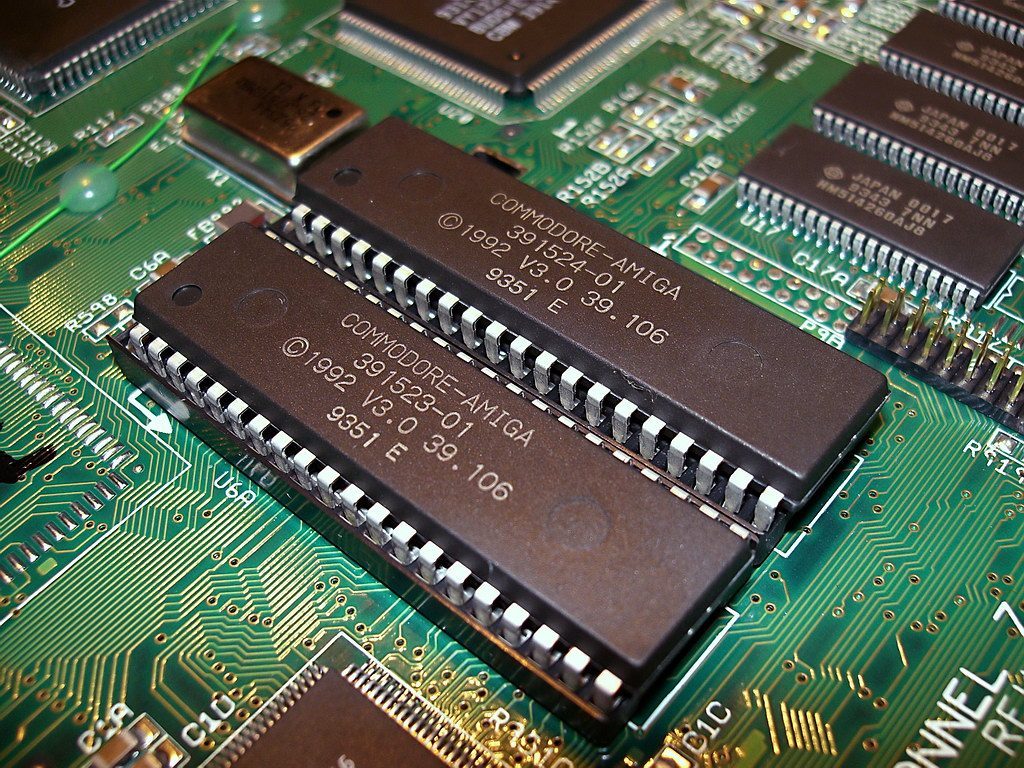
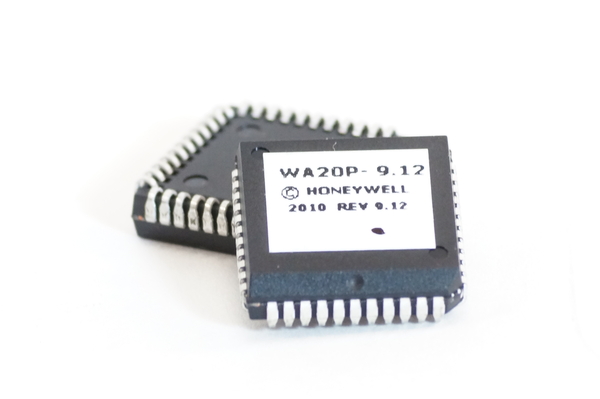
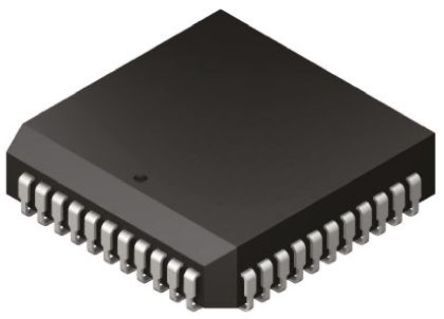
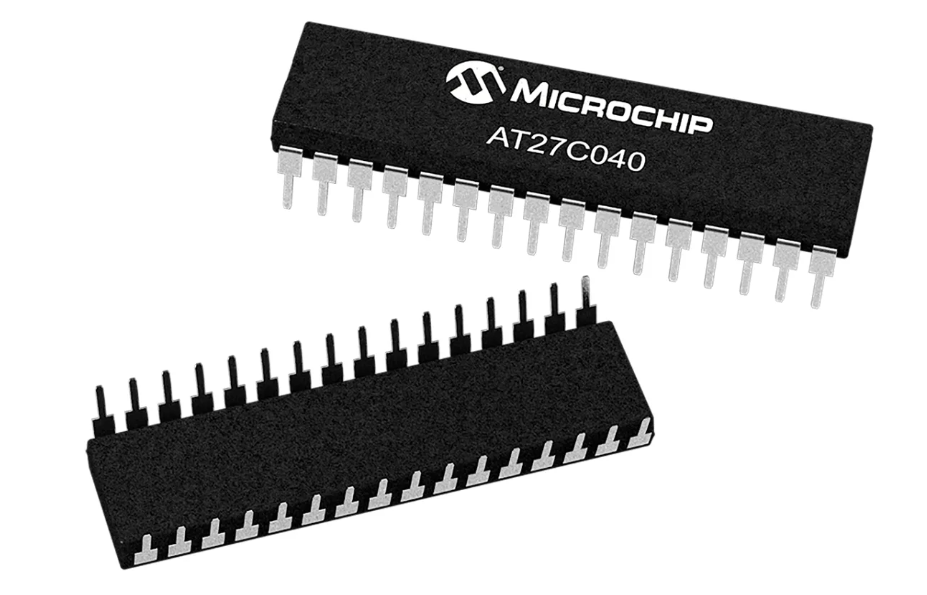






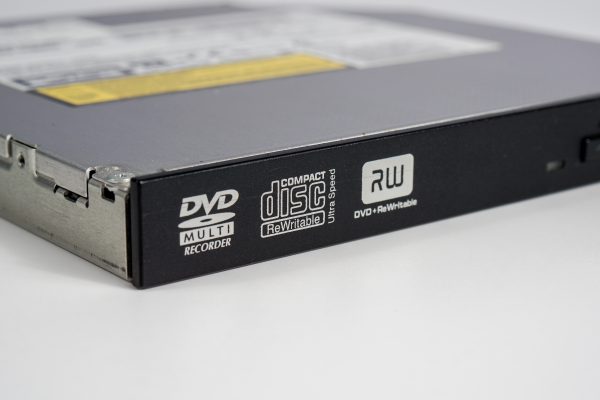

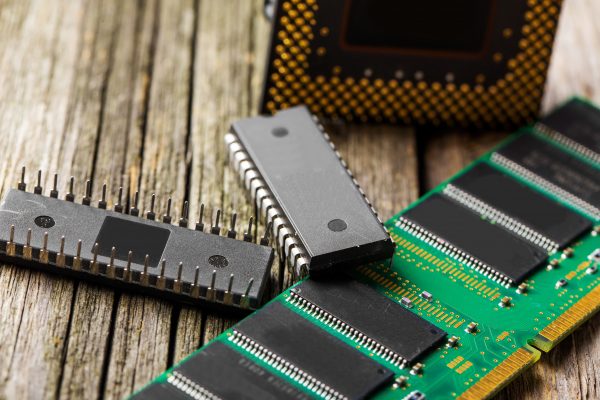






0 thoughts on “ROM Chip: Where In Your Computer Is It Located?”